Although operating just three Boeing C-17A Globemaster III cargo aircraft, the multinational Strategic Airlift Capability (SAC) provides vital air transport capacity for their member states.
Text and photos: Emiel Sloot
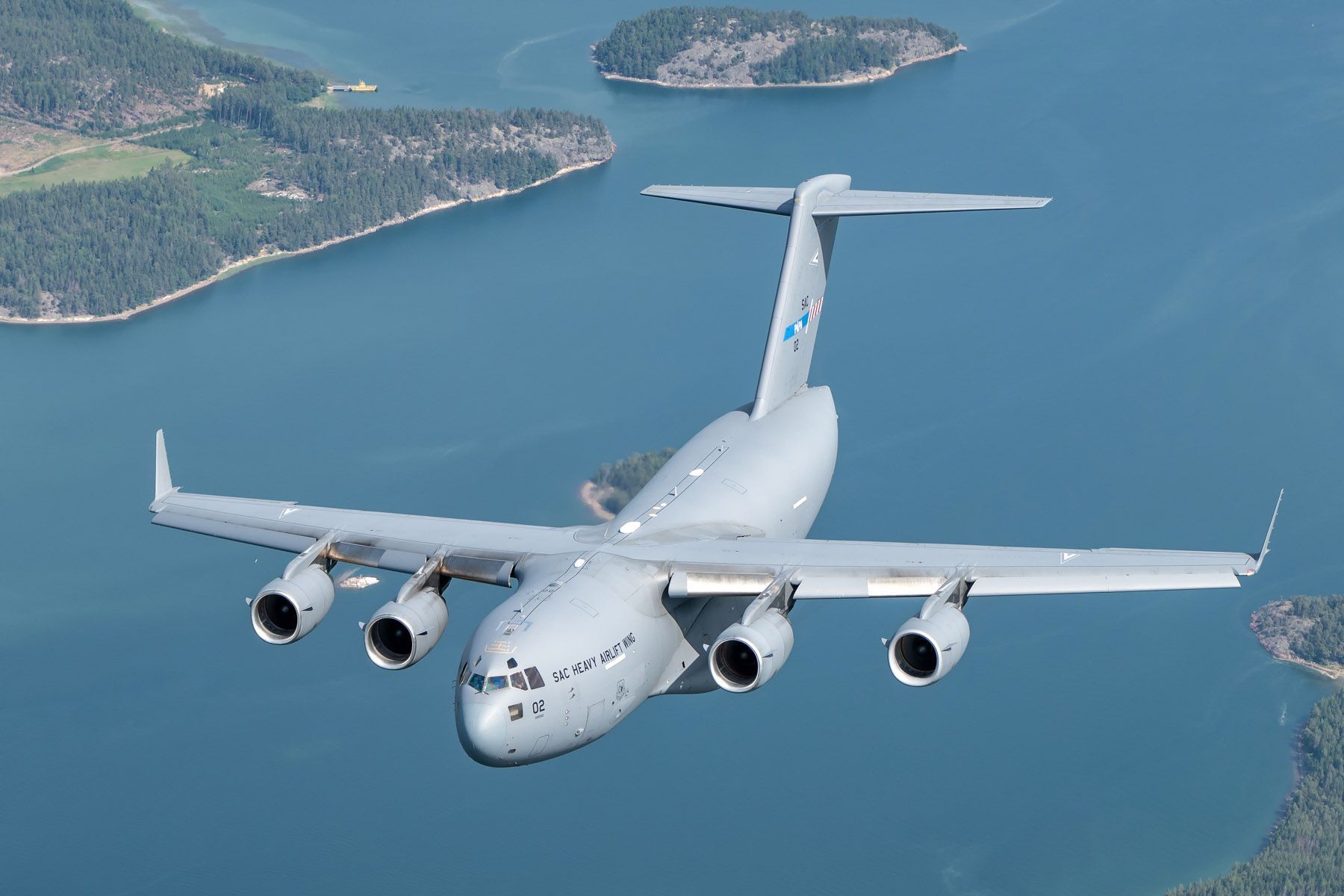
As a conglomerate of twelve partnering nations, the SAC is the first multinational initiative in the world that aims at maximizing military strategic airlift capability. It does so by pooling capacity and sharing resources. The SAC is independent of international organizations and command structures like the United Nations, the North Atlantic Treaty Organization and the European Union.
The largest of twelve member states are the USA. They support 1,000 of the programme’s annual flight hours, conducting strategic, airdrop and aeromedical evacuations training and missions. Since the United States Air Force – together with the Air Force Reserve and the Air National Guard – is the largest C-17 operator worldwide, the SAC’s fleet is operated in accordance with US maintenance and operating standards. Furthermore, around one-third of the Heavy Airlift Wing (HAW), SAC’s flying component, is contributed by the US. This makes them the largest participant, therefore the position of either HAW Commander or Vice Commander is assigned to the US at all times.
The CO position rotates through the four larger member nations of the programme. Commands change every two years, and a Vice Commander will subsequently assume command for another two years.
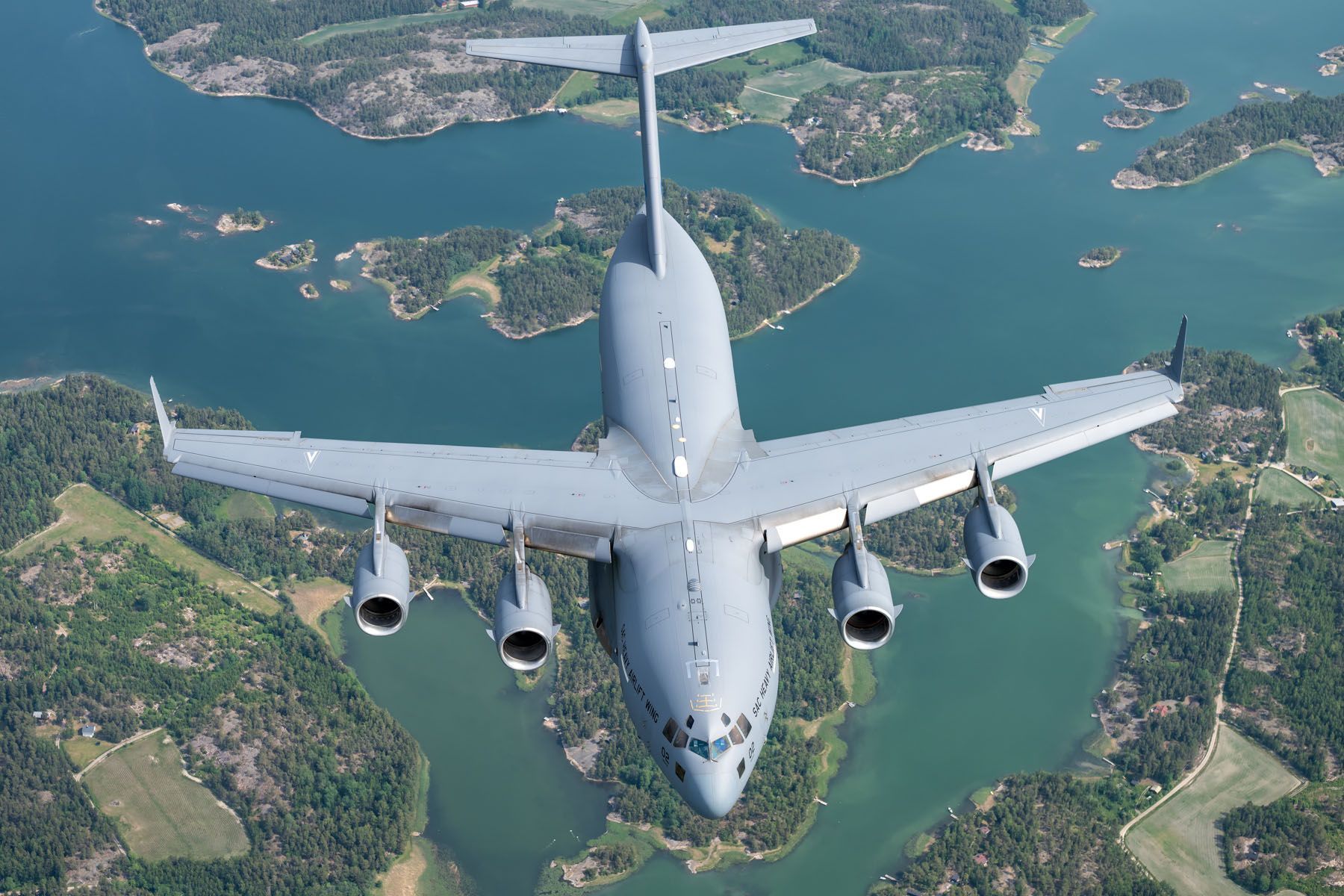
Sweden is the second largest contributor, with 550 flight hours annually. The Swedes mainly use the fleet for United Nations and humanitarian support missions. The Netherlands have 500 hours available each year, for its missions overseas as well as humanitarian and disaster relief missions.
Norway, with 400 flight hours assigned annually, mainly uses the C-17 capabilities to support the country’s missions overseas, as well as arctic military exercises.
The remaining member states are Finland (100 hours), Estonia (45 hours), Lithuania (45 hours), Poland (150 hours), Slovenia (60 hours), Romania (200 hours) and Bulgaria (65 hours), all using the Globemasters for their various transport and support tasks. The list is completed by Hungary, that has 50 hours assigned annually. As a flag nation, Hungary is responsible for registering, marking, certifying and oversight of the airworthiness process of the three C-17 aircraft, as they operate out of Pápa, a Hungarian Defence Force air base.
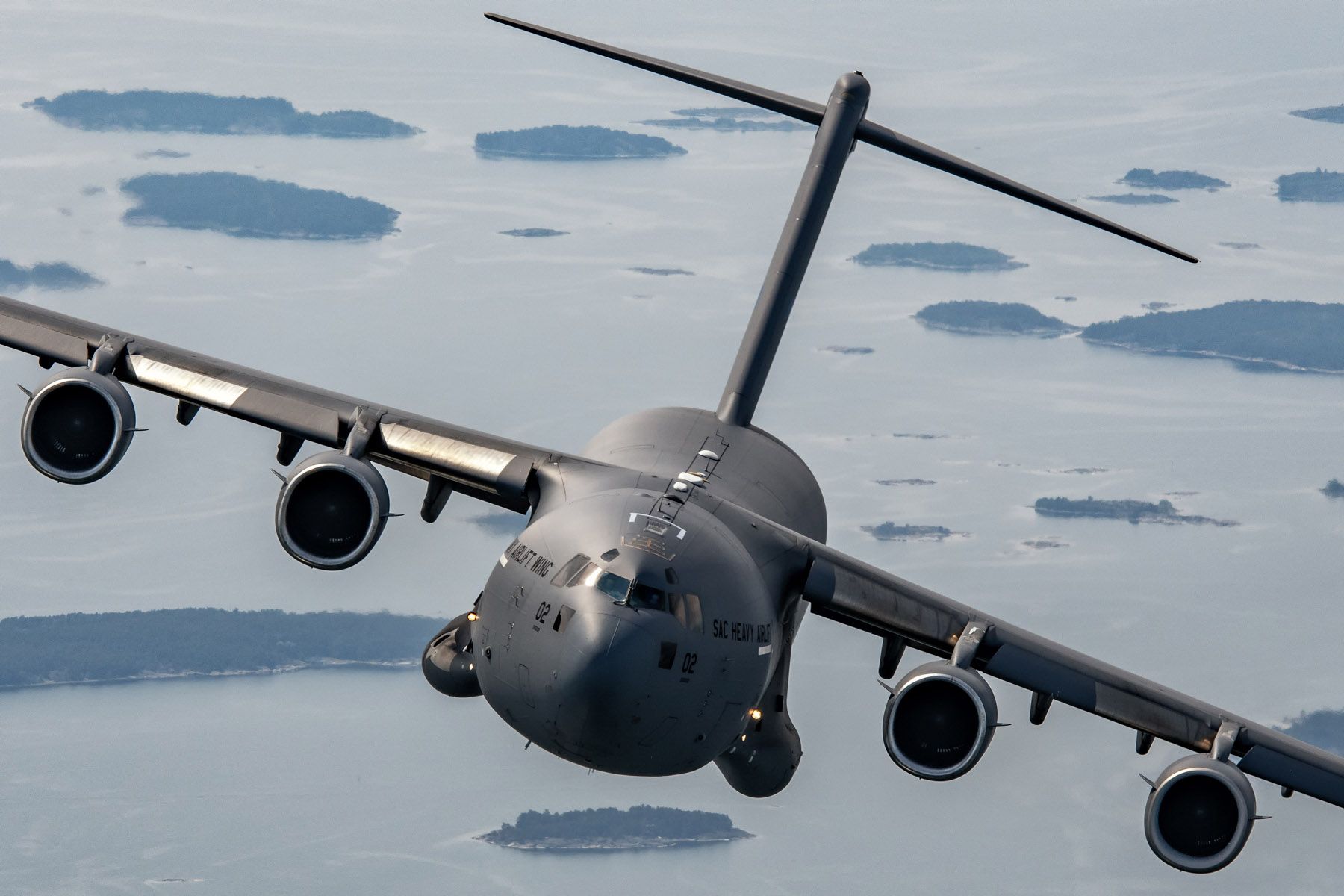
So, how did this project got underway? A letter of intent for establishing a multinational strategic airlift initiative was signed on 12 September 2006 by 13 NATO nations. Two years later, on 23 September 2008, the SAC Memorandum of Understanding was signed by 10 NATO member states and two Partnership for Peace nations. Simultaneously, the NATO Airlift Management Agency (NAMA) was founded to support the SAW. Three C-17As were ordered to fulfil the mission.
The first of these, registered SAC 01 (FMS 08-0001) arrived at Pápa on 14 July 2009, a former MiG-21 and MiG-23 base of the Hungarian Air Force until the parent MiG-unit disbanded in 2001. Following the arrival of the first Globemaster – often referred to as the Moose – the Heavy Airlift Wing was officially activated on 27 July 2009. Soon after, the HAW flew its first operational airlift mission, when on 13 August 2009, passengers were transported from Ramstein Air Base, Germany to Pristina International Airport in Kosovo. Late September 2009, a mission in support of the International Security Assistance Force (ISAF) delivering cargo from Karlsborg, Sweden to Mazar-i-Sharif, Afghanistan is done on request of Sweden. Delivery of the third and final C-17 takes place on 12 October 2009 and already on 13 February 2010, the 1,000th flying hour is logged. Full Operational Capability (FOC) by the HAW is achieved on 14 November 2012.
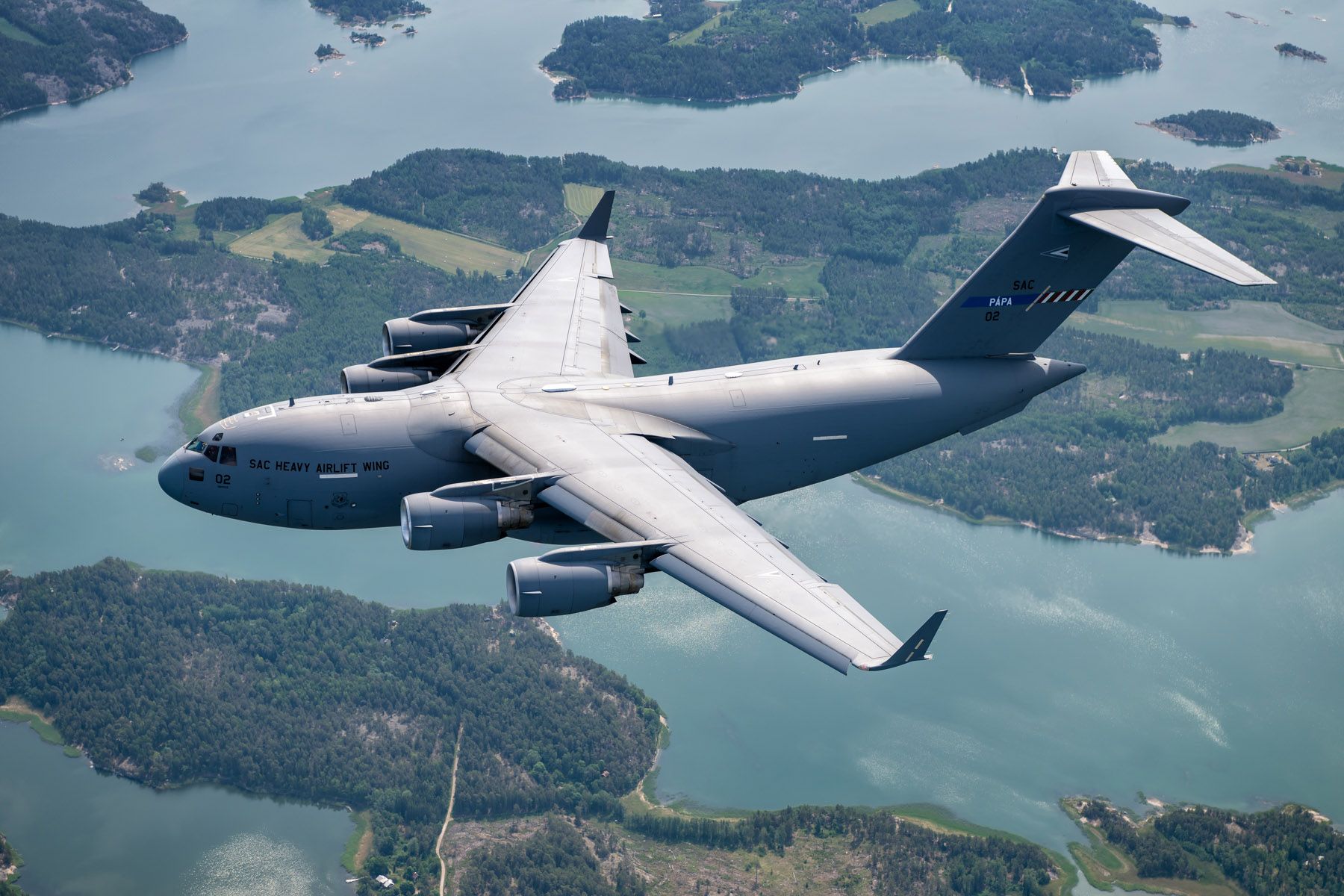
Today, the planning and execution of missions is a real team effort between the different bodies of the Strategic Airlift Capability. The SAC Steering Board and the NATO Airlift Management Programme Board, both having representatives of all member nations, define and process the various requests for transportation. The HAW then plans and executes the worldwide airlift missions. The full mission set comprises airdrop, direct delivery of personnel and/or cargo, and aero-medical evacuation. The C-17s are capable of air-to-air refuelling to extent the range.
The HAW consists of four different squadrons: the Command Staff, the Heavy Airlift Squadron, the Command & Control Squadron and the Logistics Support Squadron. Some 155 personnel is on the SAC roster.
Training of aircrew is carried out in-house, and most partner nations provide experienced and well-trained crew members. In August 2017, the SAC acquired a C-17 flight simulator to support the conversion course. The minimum crew consists of two pilots and one loadmaster. A flying crew chief (FCC), being a technical specialist, can supplement the crew in specific missions.
So, what can the Moose transport around the world? It is capable to carry 18 463L pallets; 188 passengers; 102 paratroopers plus eight equipment bundles; two Black Hawk-size helicopters; or three combat-ready infantry fighting vehicles. With this capacity, the SAC gets the job done for its 12 member states. ■
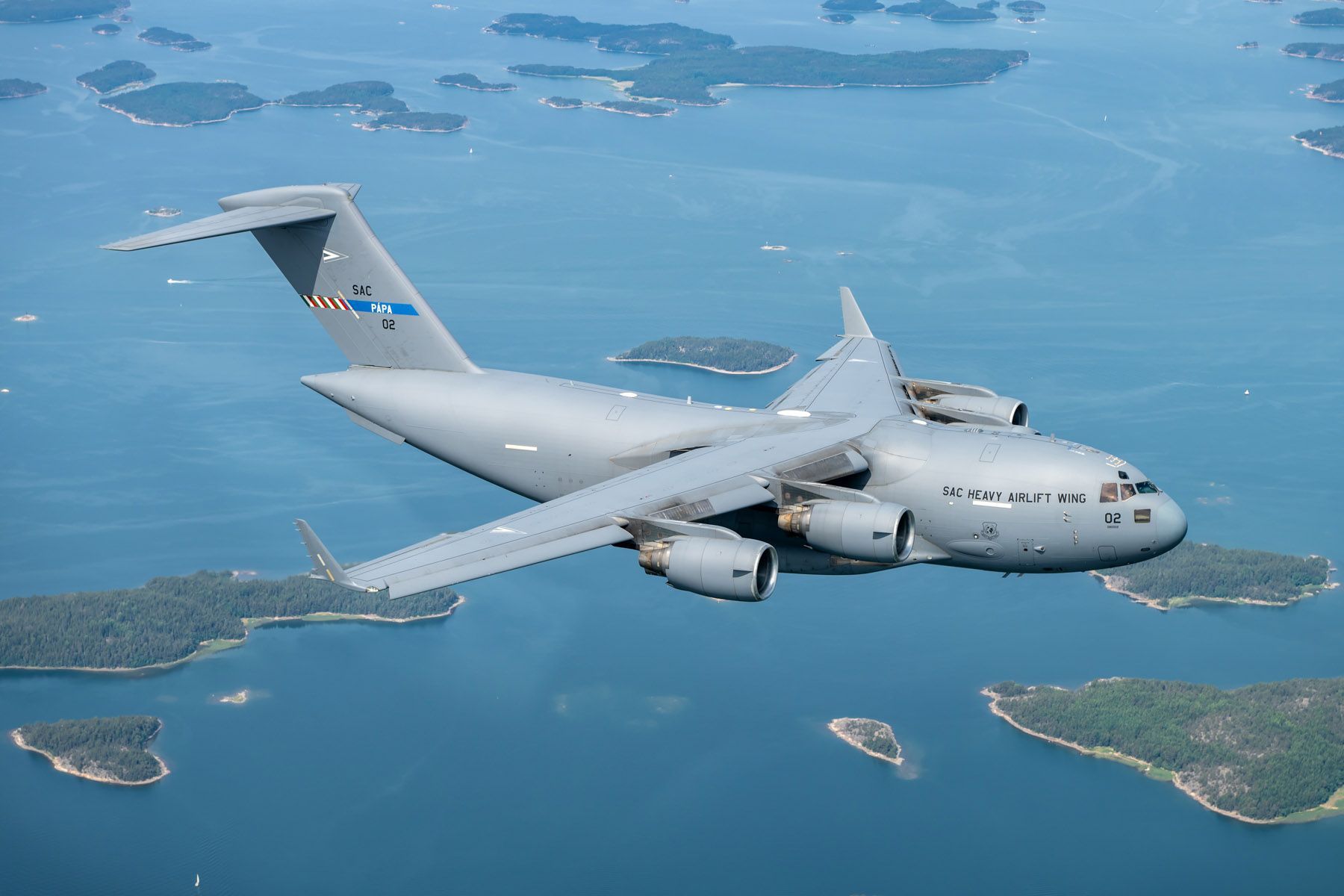
SAC / HAW C-17A fleet list:
- SAC 01 (FMS 08-0001) c/n 50208/F207
- SAC 02 (FMS 08-0002) c/n 50211/F210
- SAC 03 (FMS 08-0003) c/n 50212/F211